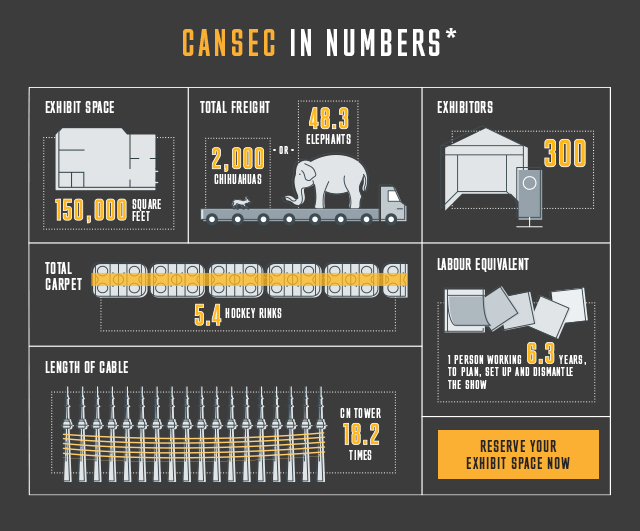November 23, 2020 | Local, Aerospace, Naval, Land, C4ISR, Security
Minister Sajjan Wraps Up 12th Annual Halifax International Security Forum
From: National Defence Collaboration and dialogue with the international community is critical for Canada in addressing emerging security threats and ensuring the safety of all Canadians. Canada is committed to upholding the rules-based international order, both diplomatically and through our military deployments around the world, to foster a safer, more peaceful, and prosperous place. Collaboration and dialogue with the international community is critical for Canada in addressing emerging security threats and ensuring the safety of all Canadians. Canada is committed to upholding the rules-based international order, both diplomatically and through our military deployments around the world, to foster a safer, more peaceful, and prosperous place. The Honourable Harjit S. Sajjan, Minister of National Defence, virtually co-hosted the 12th annual edition of the Halifax International Security Forum (HISF) with the President of HISF Inc., Mr. Peter Van Praagh, from November 20-22. The forum was an opportunity for defence ministers, senior officials from international organizations, representatives from academia and industry, and defence and security experts from over 51 countries to discuss current and emerging issues of global security and prosperity. During the forum, Minister Sajjan underlined the importance of Canada being strong at home, secure in North America, and engaged in the world. Minister Sajjan reaffirmed the importance of multilateralism, as allies and partners balance international commitments with critical needs at home. Discussions covered a broad range of topics including democracy, human rights, the COVID-19 pandemic, and the importance of international cooperation in facing today's challenges. Quotes “The global pandemic is having an impact on virtually everything we do, from running errands to running a country. This makes the conversations we had with our Allies and Partners at HISF this year as, if not more, important than ever before. I am confident that we will continue striking the necessary balance between critical health needs at home, supporting each other with medical supplies and expertise, and defending our sovereignty from adversaries who would do us harm. For me, this really brings home the importance of multilateralism.” The Honourable Harjit S. Sajjan, Minister of National Defence Quick facts The Halifax International Security Forum connected more than 250 defence leaders from across the world, including senior government and military officials, policymakers, opinion leaders, academics, and members of the business community from like-minded nations. The Department of National Defence and the Canadian Armed Forces are committed to demonstrating leadership in reflecting Canadian ideals of diversity, respect and inclusion, including striving for gender equality, and building a workforce that leverages the diversity and multicultural fabric of Canadian society. https://www.canada.ca/en/department-national-defence/news/2020/11/minister-sajjan-wraps-up-12th-annual-halifax-international-security-forum.html





